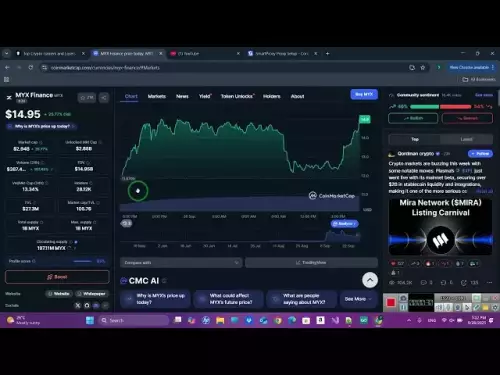-
 bitcoin
bitcoin $109547.008142 USD
0.04% -
 ethereum
ethereum $4011.838726 USD
-0.05% -
 tether
tether $1.000402 USD
-0.01% -
 xrp
xrp $2.798606 USD
0.88% -
 bnb
bnb $970.877944 USD
1.39% -
 solana
solana $202.237275 USD
-0.95% -
 usd-coin
usd-coin $0.999673 USD
0.00% -
 dogecoin
dogecoin $0.229294 USD
-1.15% -
 tron
tron $0.336370 USD
-0.45% -
 cardano
cardano $0.777260 USD
-1.66% -
 hyperliquid
hyperliquid $45.503019 USD
1.73% -
 ethena-usde
ethena-usde $1.000362 USD
0.01% -
 chainlink
chainlink $20.785303 USD
-1.10% -
 avalanche
avalanche $28.755822 USD
-0.11% -
 stellar
stellar $0.358303 USD
-0.48%
How can I use the bias to capture oversold rebounds?
A bullish bias in crypto trading, grounded in technical signals like oversold RSI and strong volume bounces, helps identify high-probability rebounds without ignoring broader market trends.
Sep 17, 2025 at 05:54 pm

Understanding Bias in the Context of Crypto Market Movements
1. The term 'bias' in cryptocurrency trading refers to a trader’s inclination toward a particular market direction—either bullish or bearish—based on technical indicators, price action, or macroeconomic signals. A bullish bias suggests an expectation of upward momentum, while a bearish bias anticipates downward pressure. This predisposition guides decision-making, especially when identifying potential reversals after extended downtrends.
2. In volatile markets like crypto, where sentiment shifts rapidly, maintaining a structured bias helps filter out noise. Traders often develop a bias by analyzing volume patterns, moving averages, and key support levels. For instance, if Bitcoin has consistently bounced from $58,000 with strong volume, a bullish bias at that level becomes justified.
3. Bias should not be confused with blind optimism or pessimism. It must be rooted in observable data. When combined with oversold conditions detected via oscillators like the RSI or Stochastic, a well-founded bullish bias can highlight high-probability rebound opportunities.
4. Market structure plays a critical role in shaping bias. Higher lows in a downtrend, for example, may indicate weakening selling pressure, reinforcing a bias toward a short-term reversal. Recognizing these formations allows traders to position ahead of broader market recognition.
Identifying Oversold Conditions in Cryptocurrency Assets
1. An asset is considered oversold when its price has declined sharply over a short period, potentially beyond its intrinsic value based on technical metrics. The Relative Strength Index (RSI) is one of the most widely used tools; readings below 30 typically signal oversold territory.
2. However, in strong bear markets, RSI can remain below 30 for extended periods. Therefore, relying solely on thresholds is risky. Combining RSI with divergence analysis—where price makes lower lows but RSI forms higher lows—can confirm weakening downside momentum.
3. Other indicators such as the Stochastic Oscillator and Williams %R also help detect exhaustion in selling pressure. When these align with candlestick patterns like hammers or bullish engulfing formations near historical support, the likelihood of a rebound increases significantly.
4. Volume analysis is essential. A spike in buying volume during a down move, followed by a contraction in selling volume, often precedes a bounce. This subtle shift supports the idea that sellers are losing control, which strengthens the case for entering long positions.
Leveraging Bias to Time Entries During Rebounds
1. Once an oversold condition is confirmed and a bullish bias is established, timing the entry becomes crucial. Entering too early can lead to losses if the downtrend persists. Waiting for a trigger—such as a close above a recent swing high or a breakout from a descending trendline—improves accuracy.
2. Position sizing should reflect the strength of the signal. A confluence of oversold indicators, bullish candlestick patterns, and rising volume warrants a larger allocation than a single RSI reading. Risk management remains paramount; stop-loss orders should be placed below the latest swing low.
3. Altcoins often exhibit exaggerated moves compared to Bitcoin. If BTC shows signs of stabilization and altcoins are deeply oversold, rotating into select alts under a bullish sector bias can yield substantial returns during rebounds.
4. Some traders use mean reversion strategies within defined ranges. For assets trading in channels, buying near the lower band with a bullish bias and exiting near the upper band capitalizes on cyclical behavior without requiring a full trend reversal.
Common Pitfalls When Trading Based on Bias and Oversold Signals
1. One major mistake is applying a bullish bias in a structurally bearish market. Just because an asset is oversold doesn’t guarantee a rebound; it might continue falling. Always assess the broader trend using weekly charts and on-chain metrics like exchange inflows.
2. Overreliance on lagging indicators can result in late entries. RSI and MACD react to price rather than predict it. Incorporating order book depth and funding rates—especially in perpetual futures markets—adds real-time context to bias decisions.
3. Emotional attachment to a bias can impair judgment. If new data contradicts the initial assumption—like a breakdown below key support—the bias must be reassessed immediately, regardless of prior conviction.
4. Chasing pumps after an oversold bounce without confirmation often leads to losses. Many fakeouts occur when whales manipulate illiquid altcoins. Confirm sustainability through sustained volume and breadth across related assets.
Frequently Asked Questions
What is the best oscillator to identify oversold conditions in crypto?The RSI is widely regarded as effective due to its simplicity and reliability. However, combining it with the Stochastic Oscillator improves accuracy, especially in ranging markets.
Can a bullish bias work during a bear market?Yes, but only for short-term trades. Even in a bear market, counter-trend rallies occur. A tactical bullish bias can capture these, provided positions are small and exits are disciplined.
How do I know if an oversold bounce will fail?Watch for lack of volume on the up move, failure to reclaim key moving averages, and persistent negative funding rates. These suggest the rally lacks genuine buying interest.
Should I use leverage when trading oversold rebounds?Extreme caution is advised. Leverage amplifies risk, particularly in volatile reversals. Using minimal or no leverage preserves capital during false signals.
Disclaimer:info@kdj.com
The information provided is not trading advice. kdj.com does not assume any responsibility for any investments made based on the information provided in this article. Cryptocurrencies are highly volatile and it is highly recommended that you invest with caution after thorough research!
If you believe that the content used on this website infringes your copyright, please contact us immediately (info@kdj.com) and we will delete it promptly.
- SUI, AAVE, BlockDAG: Decoding the Hottest Trends in Crypto
- 2025-09-29 06:45:13
- Snorter Bot: Your Ticket to 100x Crypto Presale Gems?
- 2025-09-29 06:25:16
- Crypto Casino Craze: Bitcoin Gambling & No Deposit Bonuses in 2025
- 2025-09-29 07:05:17
- Stellar Holds the Line: Fibonacci Levels, Breakout Potential, and XLM's Next Stellar Move
- 2025-09-29 06:45:13
- XRP Payments, Daily Wages, and Ripple Chief: A Revolution in Payroll?
- 2025-09-29 06:25:16
- Bitcoin, MAGAX, and the Surge: What Savvy Investors Are Eyeing Now
- 2025-09-29 07:05:17
Related knowledge
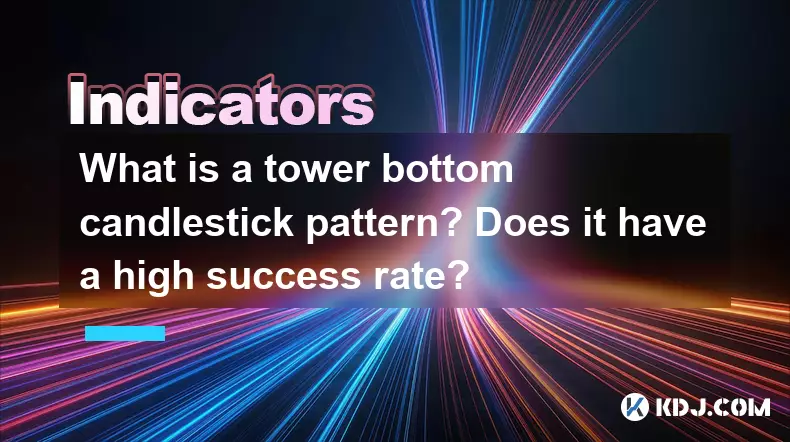
What is a tower bottom candlestick pattern? Does it have a high success rate?
Sep 22,2025 at 07:18am
Tower Bottom Candlestick Pattern Explained1. The tower bottom candlestick pattern is a reversal formation that typically appears at the end of a downt...
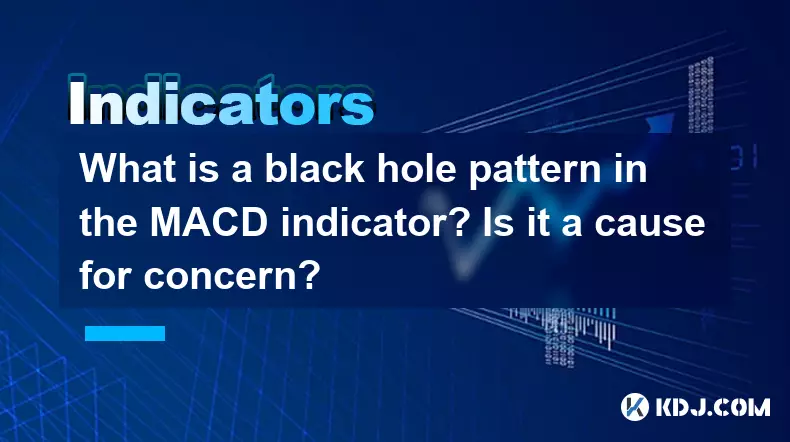
What is a black hole pattern in the MACD indicator? Is it a cause for concern?
Sep 21,2025 at 06:54pm
Bitcoin's Role in Decentralized Finance1. Bitcoin remains the cornerstone of decentralized finance, serving as a benchmark for value and security acro...

How can I use the psychological line (PSY) to determine market sentiment?
Sep 17,2025 at 02:19pm
Understanding the Psychological Line (PSY) in Cryptocurrency TradingThe Psychological Line, commonly referred to as PSY, is a momentum oscillator used...
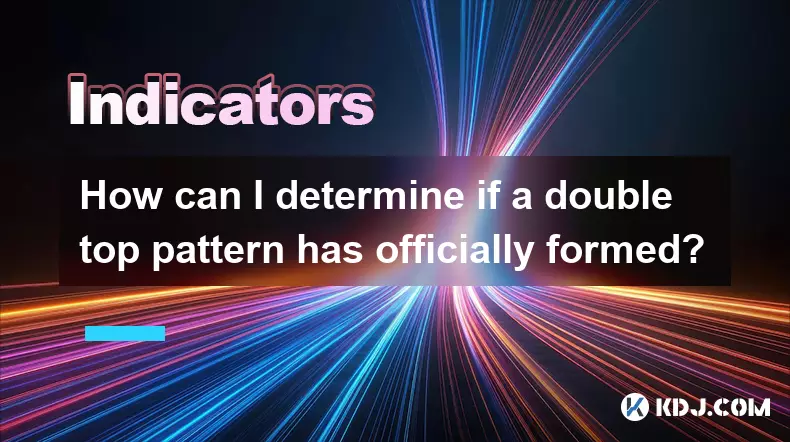
How can I determine if a double top pattern has officially formed?
Sep 21,2025 at 03:18am
Understanding the Structure of a Double Top Pattern1. A double top pattern consists of two distinct peaks that reach approximately the same price leve...
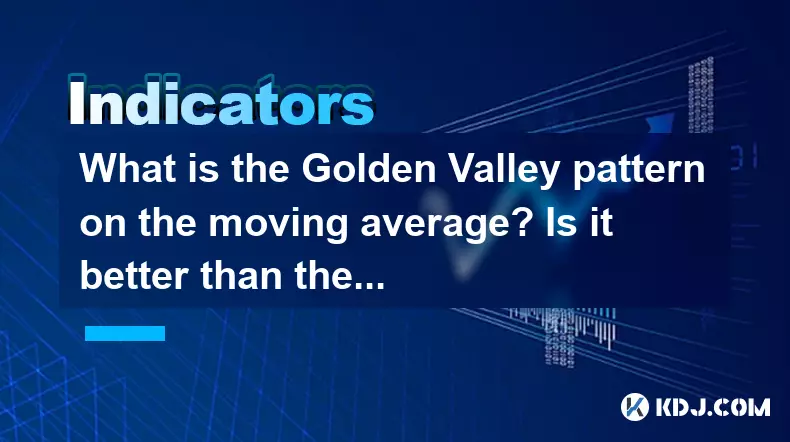
What is the Golden Valley pattern on the moving average? Is it better than the Silver Valley pattern?
Sep 21,2025 at 02:54pm
Understanding the Golden Valley Pattern in Moving Averages1. The Golden Valley pattern is a technical formation observed in cryptocurrency price chart...

What does a death cross of the RSI in the strong zone (above 50) mean?
Sep 17,2025 at 10:54pm
Understanding the Death Cross in RSI Context1. The term 'death cross' is traditionally associated with moving averages, where a short-term average cro...

What is a tower bottom candlestick pattern? Does it have a high success rate?
Sep 22,2025 at 07:18am
Tower Bottom Candlestick Pattern Explained1. The tower bottom candlestick pattern is a reversal formation that typically appears at the end of a downt...

What is a black hole pattern in the MACD indicator? Is it a cause for concern?
Sep 21,2025 at 06:54pm
Bitcoin's Role in Decentralized Finance1. Bitcoin remains the cornerstone of decentralized finance, serving as a benchmark for value and security acro...

How can I use the psychological line (PSY) to determine market sentiment?
Sep 17,2025 at 02:19pm
Understanding the Psychological Line (PSY) in Cryptocurrency TradingThe Psychological Line, commonly referred to as PSY, is a momentum oscillator used...

How can I determine if a double top pattern has officially formed?
Sep 21,2025 at 03:18am
Understanding the Structure of a Double Top Pattern1. A double top pattern consists of two distinct peaks that reach approximately the same price leve...

What is the Golden Valley pattern on the moving average? Is it better than the Silver Valley pattern?
Sep 21,2025 at 02:54pm
Understanding the Golden Valley Pattern in Moving Averages1. The Golden Valley pattern is a technical formation observed in cryptocurrency price chart...

What does a death cross of the RSI in the strong zone (above 50) mean?
Sep 17,2025 at 10:54pm
Understanding the Death Cross in RSI Context1. The term 'death cross' is traditionally associated with moving averages, where a short-term average cro...
See all articles























